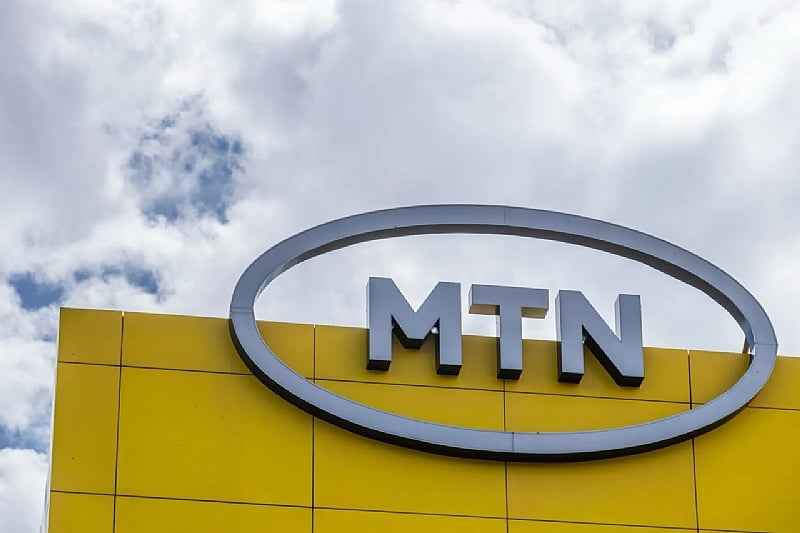This incident revolves around a customer’s complaint against MTN Ghana, a telecommunications company, regarding an unauthorized withdrawal of over GH¢11,000 from her mobile money account. The customer’s initial assertion was that the withdrawal resulted from a system breach, implying a vulnerability within MTN’s security infrastructure. This claim quickly gained traction on social media, raising concerns about the safety of mobile money transactions and the potential for widespread fraud. The customer’s narrative highlighted the sudden disappearance of the funds and the perceived lack of responsiveness from MTN’s customer support, further fueling public apprehension. The incident underscores the growing dependence on mobile money platforms in many parts of the world and the inherent risks associated with digital financial transactions. It also highlights the importance of thorough investigations and transparent communication from service providers in such situations to maintain customer trust and address public concerns.
MTN Ghana responded to the viral complaint by conducting a preliminary investigation into the matter. Their findings, as stated in an official statement, contradicted the customer’s initial claim of a system breach. MTN asserted that the incident was a result of social engineering, a deceptive tactic employed by fraudsters to manipulate individuals into divulging sensitive information. In this specific case, MTN suggested that the customer unknowingly shared crucial details, such as her One-Time Password (OTP), verification link, and PIN, with the perpetrators. This explanation shifts the responsibility from a systemic flaw within MTN’s platform to the customer’s unwitting participation in the fraudulent transaction. While acknowledging the unfortunate nature of the incident, MTN’s response emphasizes the importance of customer vigilance in protecting personal information.
The concept of social engineering, as highlighted by MTN in their response, is a critical aspect of this incident. Social engineering exploits human psychology rather than technical vulnerabilities to gain access to confidential information. Fraudsters often employ various tactics, including impersonation, phishing emails, and deceptive phone calls, to trick individuals into believing they are interacting with legitimate entities. They may pose as bank officials, customer support representatives, or even acquaintances to build trust and extract sensitive data. In this particular case, the exact method used by the fraudsters to obtain the customer’s OTP, verification link, and PIN remains unclear. However, MTN’s statement suggests that the customer was likely deceived into sharing this information under false pretenses. This underscores the sophisticated nature of social engineering attacks and the need for heightened awareness among users of digital financial services.
MTN’s response also included recommendations for customers to enhance their security practices. The company emphasized the importance of never sharing sensitive information, such as PINs and OTPs, with anyone, even individuals claiming to represent MTN. This advice reinforces the principle that legitimate organizations would never request such information through unsolicited means. MTN further reiterated its commitment to ensuring the safety, convenience, and security of transactions on its platform. However, the incident raises questions about the effectiveness of existing security measures and the need for continuous improvement to mitigate the risks associated with social engineering attacks. While individual vigilance is crucial, service providers also bear a responsibility to educate their customers about potential threats and implement robust security protocols to protect their funds.
The customer, while subsequently invited by MTN for further engagement, has called on the company to strengthen its systems and enhance public education to prevent similar scams. This request reflects a broader concern about the vulnerability of mobile money users to social engineering tactics. Improving system security could involve implementing multi-factor authentication, transaction limits, and real-time fraud detection mechanisms. Enhanced public education campaigns could focus on raising awareness about common social engineering techniques, promoting safe online practices, and encouraging customers to report suspicious activity. The customer’s call for action highlights the need for a collaborative approach between service providers and users to combat fraud effectively. A shared responsibility model, where both parties actively contribute to security measures, is crucial for fostering a secure and trustworthy digital financial ecosystem.
This incident serves as a valuable case study highlighting the risks of social engineering in the context of mobile money transactions. It underscores the importance of both individual vigilance and robust security measures from service providers to protect customers from fraud. While MTN’s preliminary investigation attributed the incident to social engineering rather than a system breach, the need for continuous improvement in security protocols and public awareness campaigns remains paramount. The customer’s call for strengthened systems and enhanced education reflects a broader concern about the vulnerability of mobile money users to sophisticated scams. Moving forward, a collaborative approach between service providers and customers, with a focus on shared responsibility for security, is crucial for building a more secure and resilient digital financial environment. This incident serves as a reminder that while technology continues to evolve, human factors remain a critical element in the fight against fraud.














